Having endured fires in our own region and felt the power of global support, our hearts are with those impacted by the Los Angeles County fires. Napa Valley Features will donate 10% of all new paid subscriptions through January to aid relief efforts.
Editor’s Note: This week we’re featuring a special contribution from Tony Poer, an occasional wine-focused contributor to Napa Valley Features. Stay tuned for next week, when we return to our regularly scheduled programming with the latest installment of “Dan Berger’s Wine Chronicles.”
NAPA VALLEY, Calif. — In 2002, not long after he’d purchased Napa’s Chimney Rock Winery, Tony Terlato decided to plant a couple of white wine grapes in a Rutherford vineyard he had acquired a year earlier. One of the vines, sauvignon blanc, was no stranger to Napa Valley. The other was something of a viticultural outlier: sauvignon gris, the pink-skinned mutation of sauvignon blanc native to Bordeaux and the Loire Valley and a variety that, apart from knowledgeable Francophiles and a handful of California vintners, few people had heard of.
Two decades later its profile has hardly changed, while the potential to make considerably more money growing red Bordeaux varieties in the valley — cabernet sauvignon in particular — has only increased. Even in the early 2000s, Terlato’s choice of sauvignon gris, which is a minor grape in France and still more obscure in California, might have seemed unorthodox. But as Chimney Rock’s longtime general manager and head winemaker, Elizabeth Vianna, said recently of her late boss, “Tony loved a challenge.”
Vianna arrived at the Stags’ Leap property the same year that the pair of sauvignons were planted in the 60-acre vineyard on Mee Lane, just south of St. Helena in the Rutherford AVA.
“Today that vineyard is referred to as the AJT Vineyard in honor of Tony,” she said in a recent email.
An acclaimed businessman and vintner, Anthony John Terlato was often called the “father of pinot grigio” for the strides he made decades ago in introducing American wine-drinkers to the now-ubiquitous white grape, also known as pinot gris. Years later, he and Vianna’s predecessor, Doug Fletcher, laid down a challenge for her with a different “gris” variety. She has risen to it during her long tenure, developing one of Napa Valley’s more unique white-wine programs along the way.
"Back in the day, Tony was really interested in doing a white wine that would be an homage to Haut-Brion Blanc." – Elizabeth Vianna
On a late spring afternoon last year, Vianna conducted a tasting for Napa Valley Features at Chimney Rock. Framed by the jagged Stags’ Leap Palisades, the bright-white Cape Dutch-style winery was built in the early 1990s by the original owner, soft drinks and hotel magnate Sheldon “Hack” Wilson, whose decades-long career in South Africa inspired its whimsical Afrikaner architecture.
(Locals and earlier Napa Valley visitors will recall that Chimney Rock once did double-duty as a wine estate and a nine-hole golf course, starting out with 18 holes before Wilson planted Bordeaux grapes on half of it in the early 1980s — an additional layer of whimsy. In his 2001 obituary, the Los Angeles Times wrote that Wilson “might have converted the entire course, he often said, if he didn’t enjoy playing golf so much.”)
A full conversion to cabernet sauvignon took place under Terlato, which also coincided with Vianna’s arrival. Chimney Rock has been known ever since for its estate cabernets and red Bordeaux blends. But as the winemaker made clear, white wines are an equal passion for her and her cellar team.
For the tasting, she selected bottles of 2021 and ’22 Elevage Blanc, a proprietary blend of sauvignons gris and blanc ($55 a bottle), along with the same vintages of Chimney Rock’s 100% varietal sauvignon gris.
“I kid you not,” she said, “when I say this is the last bottle of the ’21 gris.”
All wineries eventually reach the end of any given bottling, of course, but the scarcity that afternoon in a way reflected the very limited amount of sauvignon gris produced in California. According to the U.S. Department of Agriculture in its annual report for 2023, more than 160,000 tons of sauvignon blanc were crushed in the state from that year’s harvest. For sauvignon gris, the total was just under 93 tons.
Clearly, one of the challenges Terlato did not have to face in launching a sauvignon gris-based program was competition. In any case, he and Fletcher were driven from the start by an ambitious goal.
“Back in the day, Tony was really interested in doing a white wine that would be an homage to Haut-Brion Blanc,” Vianna said, naming one of the greatest — and most expensive — white wines of Bordeaux, a blend of sauvignon blanc and semillon from the Pessac-Léognan appellation. Fletcher, she noted, wasn’t interested in trying the same blend at the warm site on Mee Lane. “He felt that semillon lost acidity in Napa, significantly. He wanted something that maybe had some more brightness. We were really trying to make a wine that was ageable.”
Vianna said that her predecessor had once tasted sauvignon gris at Chalk Hill Winery in Healdsburg. At the time he took mental notes on this unusual white made by his counterpart, Bill Knuttel, which she ticked off: “Interesting, sauvignon blanc cousin, really balanced acidity.”
Fletcher’s impressions were enough to convince him and Terlato that the vine held some promise in Rutherford.
“Thus came the idea of the sauvignon gris,” Vianna said. “What Doug originally planted up at Mee Lane was an acre and a half of sauvignon gris and 5 acres of sauvignon blanc.”
Those blocks were increased to 5 and 10 acres, respectively, when the AJT vineyard needed replanting in 2015.
Off and on since the 2009 vintage, Vianna and her team have produced a varietal bottling of sauvignon gris from the Rutherford location. Its Elevage Blanc sibling preceded it by a few years and was the winery’s “answer” to Haut-Brion Blanc but with sauvignon gris replacing semillon in the blend.
“At that time, around 2004, it was a development process,” she said. “I was still figuring out yeast and barrels, all that stuff, so it varied in the beginning, but it's much less variable now.”
As a stylistic choice for Chimney Rock’s flagship white wine, the blend she eventually settled on included more sauvignon gris than blanc: a roughly 60/40 ratio she described as “kind of a sweet spot. That's probably where we're going with it.”
And of the obscure French grape she has hung one of her winemaking hats on for the last two decades, she added, “It's been a discovery journey.”
From a Brazilian and East Coast upbringing to college in New York and later wine studies at UC Davis, Vianna’s path to Napa Valley has included a number of Bordeaux wine discoveries. It started with her father, a chemical engineer and wine-lover who once owned a couple of bottles of Bordeaux’s legendary 1945 Mouton-Rothschild.
“Wine was always around the table,” she said. “Even growing up as a kid, he would let us taste stuff. It was something he was very into. He really appreciated the aesthetic of wine.”
Vianna attended Vassar College a couple of hours north of Manhattan. After graduating, she moved to the city with a plan to get a hospital job and apply to medical school, but then wine got in the way. The father of a college friend had a collection of Bordeaux wines he wasn’t drinking any longer. That friend, Roy, would show up at her studio apartment with an assortment of very good bottles and his father’s encouragement that they be uncorked and enjoyed.
“He'd have these Chateaus like Figeac, Latour, Margaux. So that's where I started. It just kind of opened my eyes to wine in a very different way. Roy and I started going to tastings in New York and reading the Wine Spectator, which opened up this whole world. I think my ‘Aha!’ moment started with those older Bordeaux bottles. It’s what really got me into wine in a professional manner.”
Instead of going the medicine route, Vianna headed out to California in the late ’90s to enter the viticulture and enology program at UC Davis. Her Chimney Rock experience actually began while she was a graduate student. She landed an internship under Fletcher, who had been at the Stags’ Leap property since 1986 and was known for his viticultural expertise. He subsequently invited her to join Chimney Rock in 2002, after she had worked her first job as a lab director and assistant winemaker at Napa Wine Company in Oakville, a busy operation she called her “second university.”
Twenty-three harvests later, Vianna has established herself as both a leading winemaker of the Stags’ Leap AVA and an industry leader via her positions on the boards of the Stags’ Leap Winegrowers and Napa Valley Vintners.
Nearly all of these associations’ member wineries are tied together by their cabernet and red Bordeaux-style productions, complemented by many sauvignon blanc programs. Chimney Rock’s sauvignon gris, meanwhile, is a true California rarity, though it’s not an unheard-of phenomenon.
“I've read that oftentimes in places where there’s SB planted, you will see a vine of sauvignon gris,” Vianna said, shifting from the ’21 to ’22 whites on the table in front of her. She related her wines to the red, pink and white-skinned grapes of the pinot family, all of which make different-colored wines. “Sauvignon gris is exactly that. It’s a genetic cousin from a natural mutation. It's not a different variety, but the grapes themselves are absolutely different.”
When it comes to such distinctions, UC Davis Professor Emerita Carole Meredith said the term “variety” is used differently in scientific circles from in commerce.
While pursuing her master’s degree, Vianna worked as a teaching assistant for Meredith, who retired from the school’s Department of Viticulture and Enology in 2003 but remains one of the world’s foremost authorities on wine grape genetics.
"It always has this roundness. That's one of the things we love about the sauvignon gris: It tends to round out that lean, mean acidity of sauvignon blanc. So it reminds me a little bit of the waxiness and roundness of semillon." – Elizabeth Vianna
Scientifically speaking, Meredith explained in an email, the sauvignons gris and blanc varieties with which Chimney Rock, Chalk Hill and other wineries work are color clones within a single variety.
“But because they look different,” she said, “for commercial purposes they are considered different varieties. The same situation exists in pinot noir, gris and blanc.”
Meredith addressed the science behind her former TA’s point about sauvignon gris appearing in a sauvignon blanc vineyard, offering an overview of vine mutations.
“Despite the negative connotation of the word, mutation is a natural process of genetic change that occurs in all organisms,” she said. “It is a tiny change in the DNA code of a gene that occurs in a single cell and that is usually of no consequence.”
Specifying that a mutation can occur in a gene that controls a grape’s skin color, she noted that it is common for a dark-skinned grape to mutate to a lighter color. Occasionally, however, the opposite will occur, which is how she explained that sauvignon gris —"a pinkish-gray berry skin color mutation of sauvignon blanc”— arose and was adopted in viticulture.
This natural process led to Fletcher’s encounter with the Chalk Hill sauvignon gris, an example that followed Meredith’s scenario of commercial interest entering the picture.
“If a grower notices a new grape color on part of a vine (and it will typically only be on one part of a vine) and then takes cuttings from that part, the new vines will retain the new berry skin color,” she said.
Fletcher, now a Napa-based consultant, recounted recently in a phone call how, in 2002, he contracted with a Sonoma County nursery to grow the plants for both sauvignons.
“We were redeveloping that vineyard at Mee Lane, and I thought, ‘Well, I'll plant enough gris so that we can blend it into Chimney Rock's sauvignon blanc and — if we choose to — still call it sauvignon blanc,’” he said. “But then it turned out we really liked the gris, and then Tony wanted this white blend. And so it became a thing of its own.”
While the initial acreage of sauvignon gris planted in AJT Vineyard more than tripled in 2015, the vine’s overall footprint compared to other Bordeaux varieties in Napa Valley was, and still is, miniscule. But that doesn’t stop Vianna from maintaining it as “a thing of its own” or, vis-à-vis her Bordeaux inspiration, making a statement with it.
Side by side, she swirled and tasted both vintages of Elevage Blanc. She felt that Chimney Rock’s blend of the two sauvignons compared well to some of the best white Bordeaux wines that inspired it in the first place.
“It always has this roundness,” she said. “That's one of the things we love about the sauvignon gris: It tends to round out that lean, mean acidity of sauvignon blanc. So it reminds me a little bit of the waxiness and roundness of semillon. That’s why it makes a good ‘Napa blender’ for a Bordeaux-style white wine.”
Vianna mentioned a few Bordeaux wines that she had tasted for comparison in the past with her staff. The bottles came from top producers in the Pessac-Léognan appellation, including Chateau Carbonnieux and Chateau Smith Haut Lafitte, the latter of which has a limited planting of sauvignon gris on its estate. These are labels that can be mentioned in the same breath as Haut-Brion Blanc, even if their price tags don’t come close to the remarkable wine that inspired Terlato.
On the table next to Vianna’s whites sat a humbler French bottle that found its way into her tasting, a wine made by the vigneron Daniel Hecquet at Chateau Puy-Servain in Montravel. Not unlike in California, sauvignon gris is a minor variety in this appellation at Bordeaux’s eastern border. But at Puy-Servain it plays an outsized role, à la Chimney Rock, accounting for half of the blend with sauvignon blanc. It made for a useful comparison to Elevage Blanc.
The French winery’s importer at The Wine House in San Francisco, Peter Zavialoff, heard from Hecquet before the 2024 harvest that, according to Bordeaux’s leading wine federation, there’s a small amount of sauvignon gris planted there — at least relative to the total vine acreage of France’s largest appellation. Smith Haut Lafitte is one such grower. Zavialoff pointed out — and Vianna acknowledged during her tasting — that there are a handful of other estates where it plays a supporting role.
Meanwhile, in Dordogne, the neighboring region of which Montravel is part, sauvignon gris is even less prevalent. In an email, Zavialoff wrote, “Daniel’s best guess is that there are probably another 120 acres or so of it planted in the Dordogne,” which is less than a tenth of sauvignon gris acreage in Bordeaux. As a proportion of the region’s white grapes, the vigneron told him, “It’s not huge.”
Vianna and Hecquet are working with sauvignon gris vines that were planted over two decades ago (in the Frenchman’s case, almost three). For a wine grape closely related to sauvignon blanc — a favorite in the United States, not to mention France — it’s a feasible amount of time to have become both popular and prevalent in California. That hasn’t happened yet. But as Meredith noted, the variety’s past in this state doesn’t necessarily predict its future.
“Sauvignon gris is already being grown successfully in several parts of California, both in North Coast and Central Coast regions,” wrote Meredith in her email. “The planted area is small, but there is a dedicated following.”
For more than two decades, Vianna has been such an advocate, working with this rare variety as a Napa Valley winemaker and encouraging others to explore its distinct qualities.
“I’m a big fan," she said. "I would love to see more people use it.”
If today’s story captured your interest, explore these related articles:
Sunday E-dition: New 'Tor Report' + The Broken Toe Chronicles
Sunday E-dition: Isn't It Romantic? Inside Steve Sando's Kingdom of Beans
Sunday E-dition: Rediscovering Quince, California's Forgotten Fall Fruit
Explore all Napa Valley Features stories on our main page.
Tony Poer is a Napa Valley-based writer.


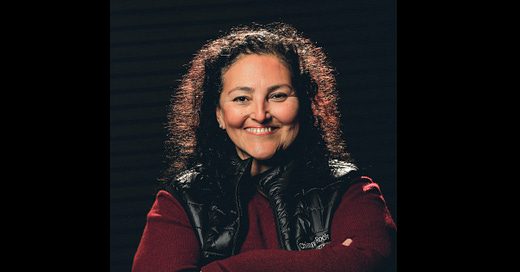



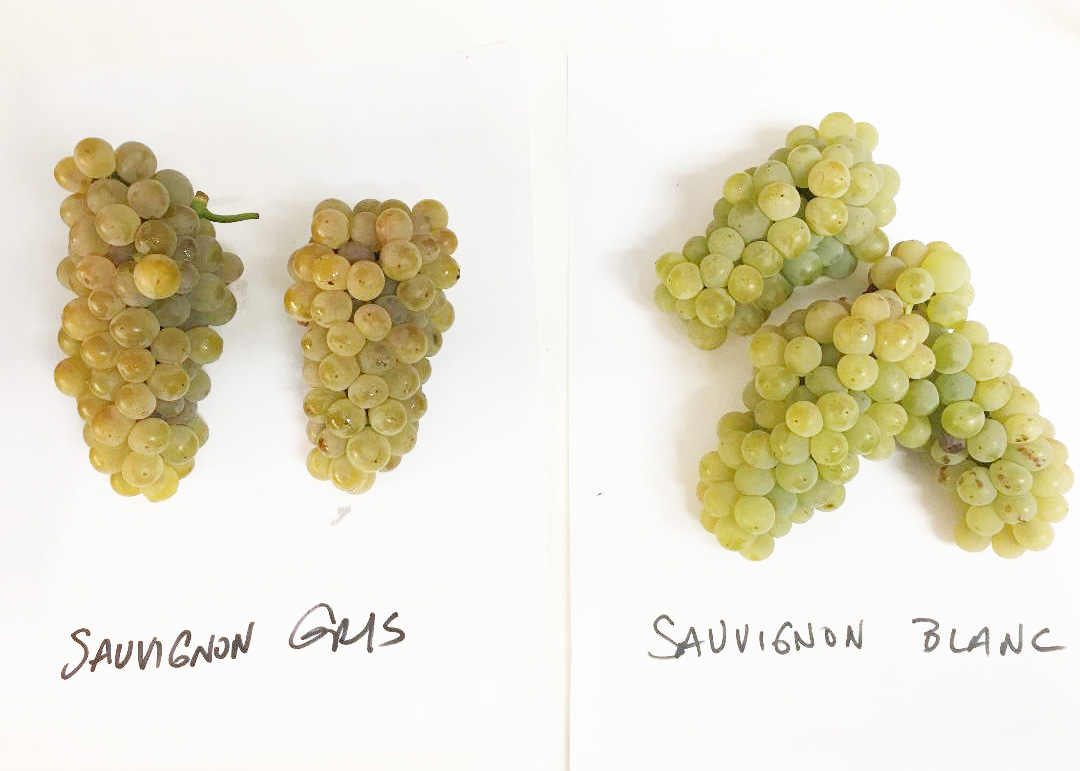
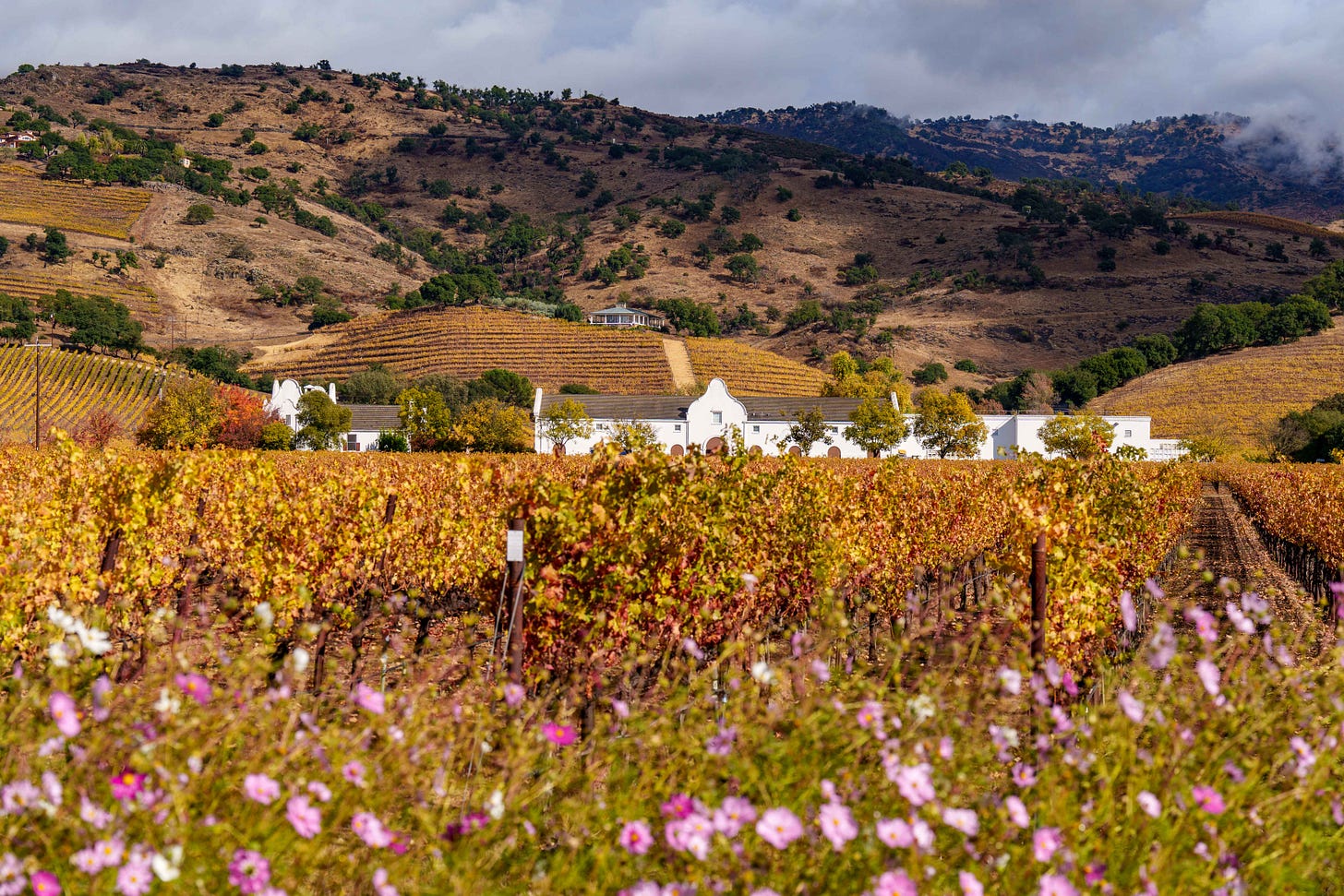
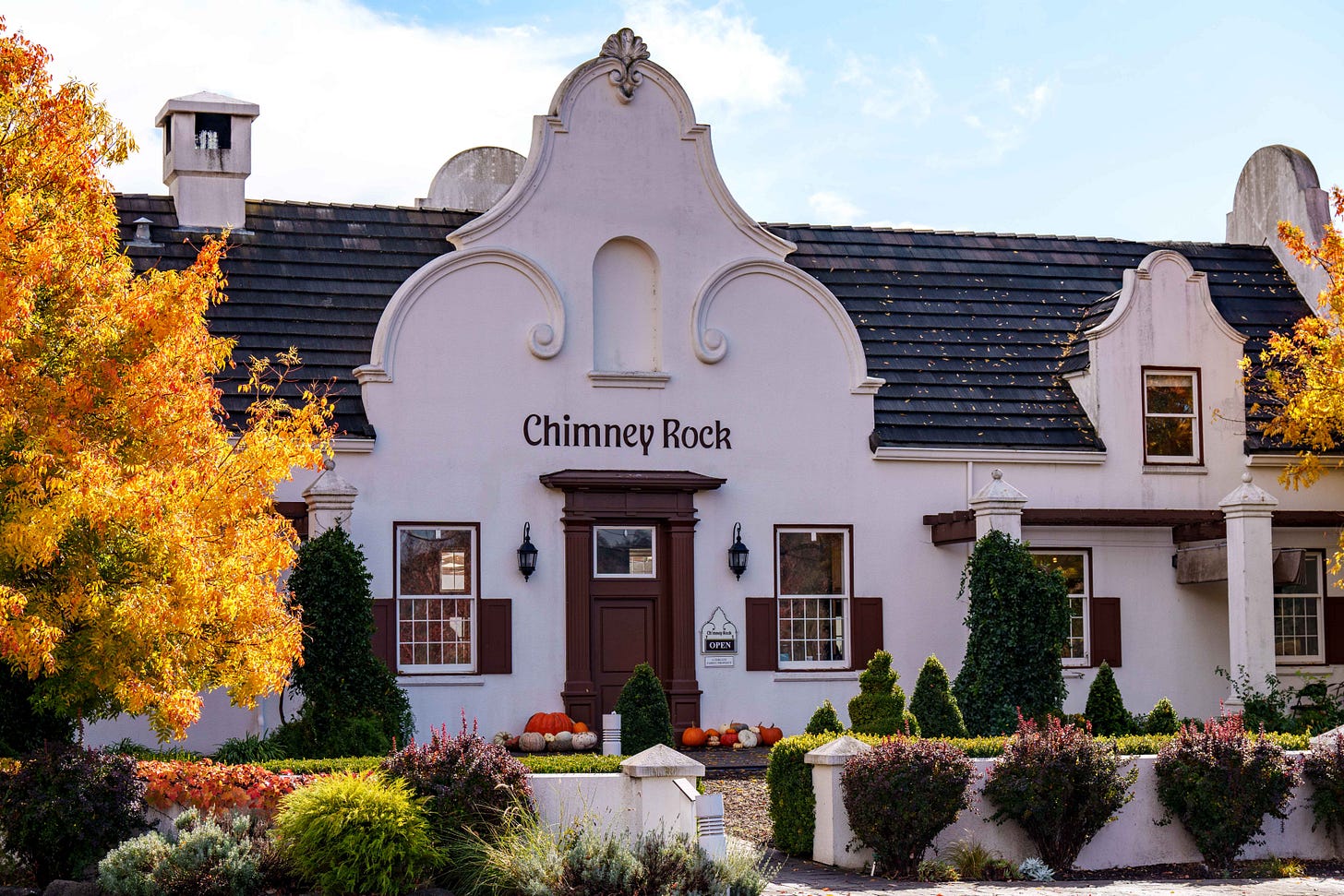

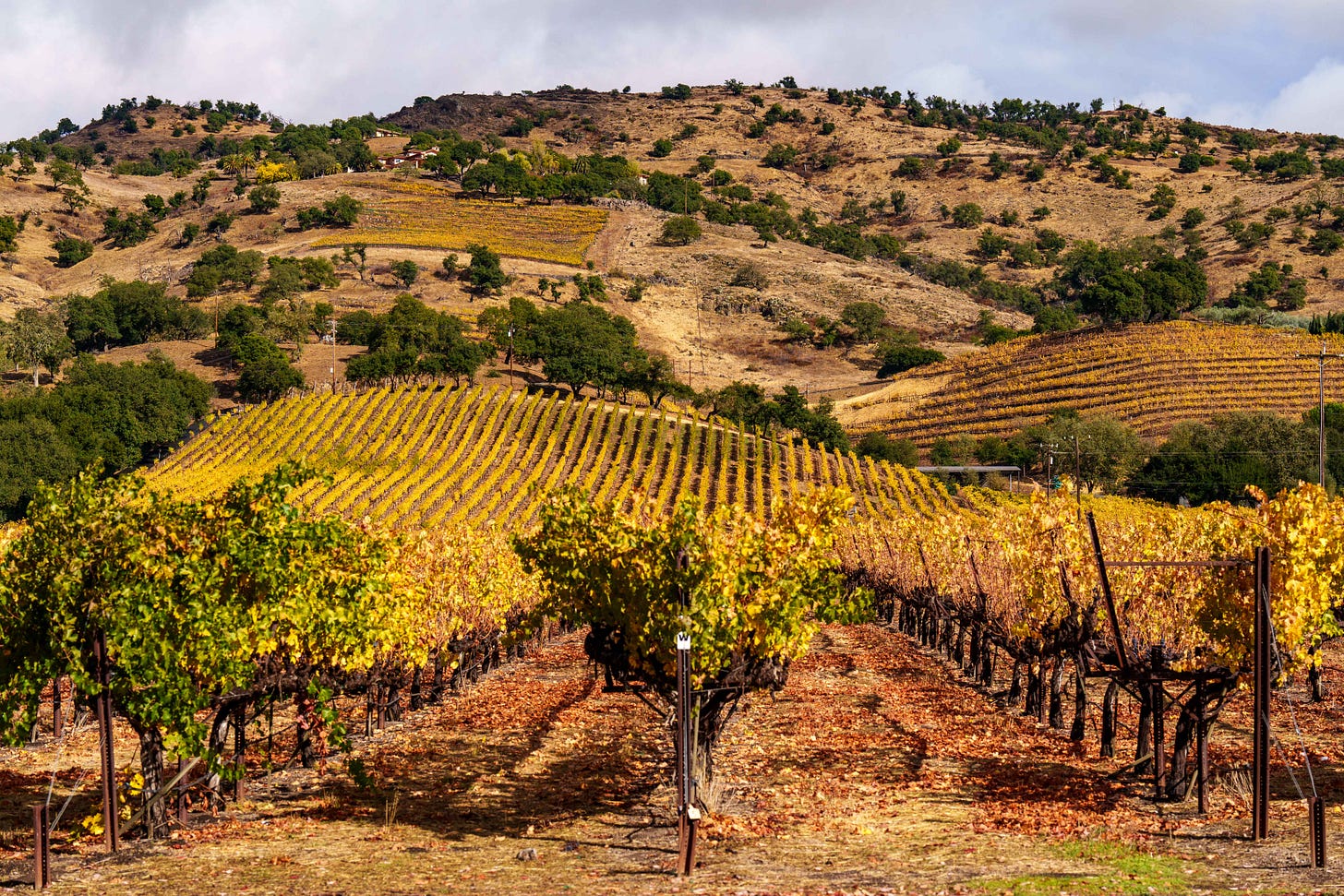

Pinot gris is a key grape in Alsace. Maybe my favorite from there.